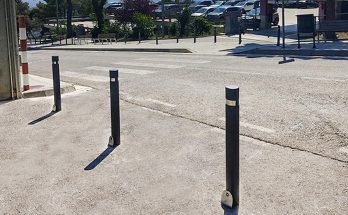Telesales is still a very important part of lead generation and a great way to close smaller pieces of business. Even with the advent of things like the Telephone Preference Service it’s still possible to get through to potential customers and get them interested in products and services. And if it still works then it still makes sense to tap into this channel for revenue.
Some of these outbound operations are huge affairs. Agents work in enormous call centres hitting thousands of prospects an hour with different propositions and offerings. Others are much smaller, but all of them face the same challenges. It’s a numbers game and agents need to make as many calls as they possibly can during a shift. Time is wasted hitting the phone. Predictive dialling can improve efficiency massively. If a software system is making the calls then operatives can just devote their time and energy to speaking to prospects and closing business. It’s a much smarter working model.
More and more organisations are starting to invest in predictive dialler software. It can increase the output of call centre agents dramatically, which means more leads, appointments and sales. And that can only be good for business.
This move from physical dialling to predictive dialling is gathering momentum and many different companies from all kinds of different industries are starting to see the benefits.
Moving to predictive dialling software doesn’t have to mean huge outlay or massive upheaval. Plus it’s possible to trial systems on a limited scale first to make sure they work effectively. It’s a change that can be managed smoothly and seamlessly. The benefits will soon become apparent. It’s an investment that can start paying for itself very quickly indeed. Maybe it’s time to move away from the old model and start to look at how software can change the rules of the game.


